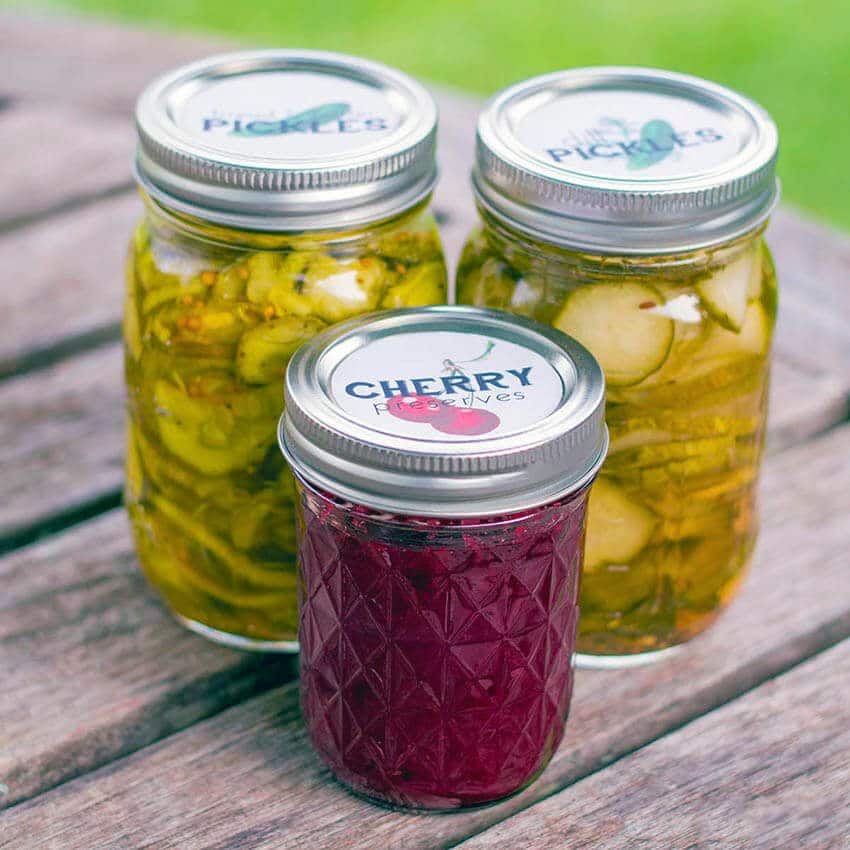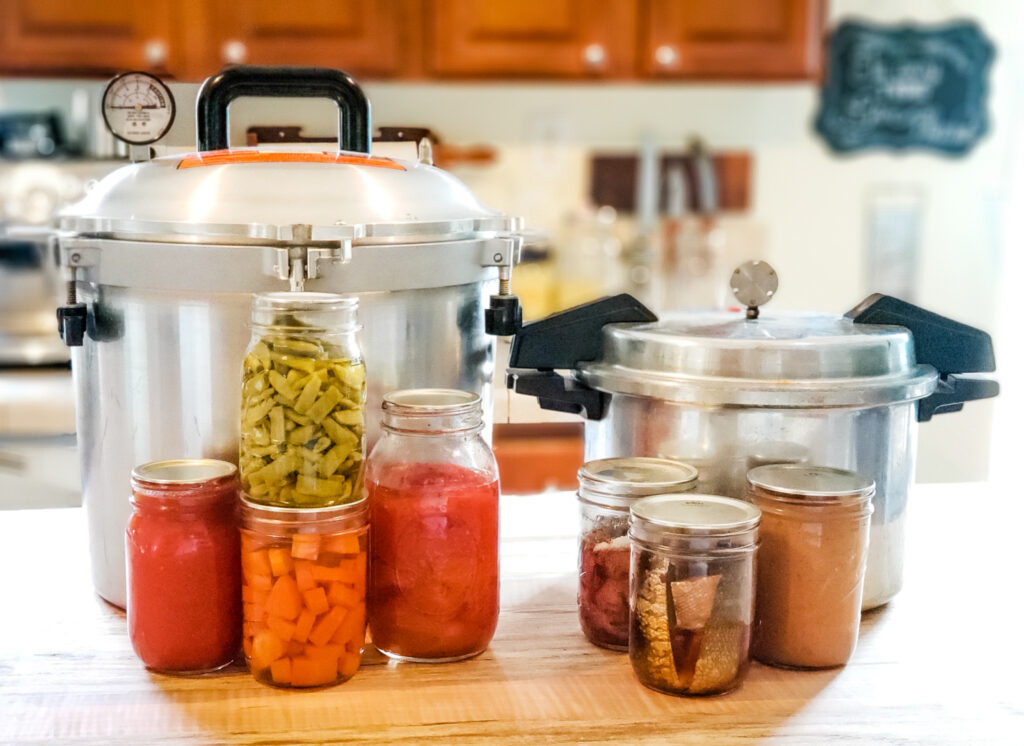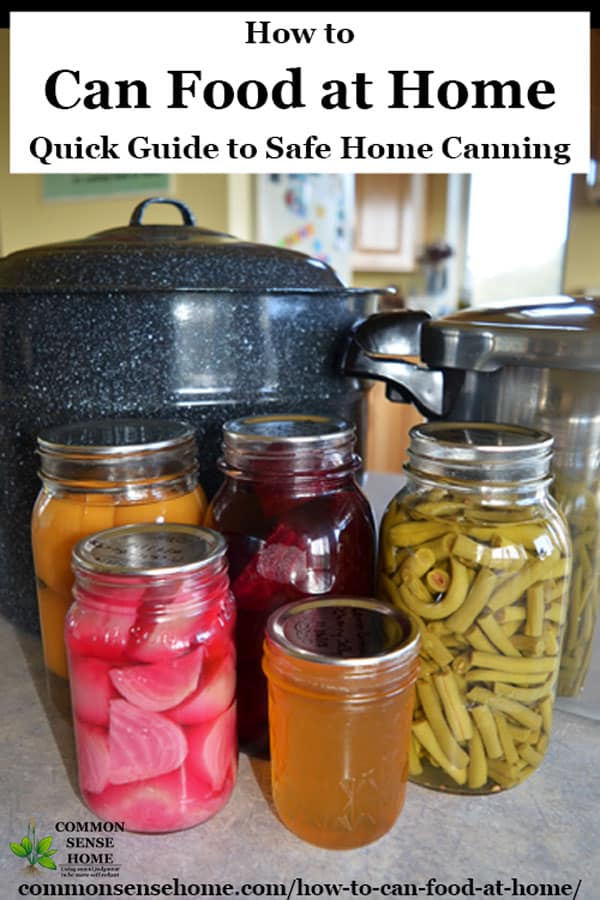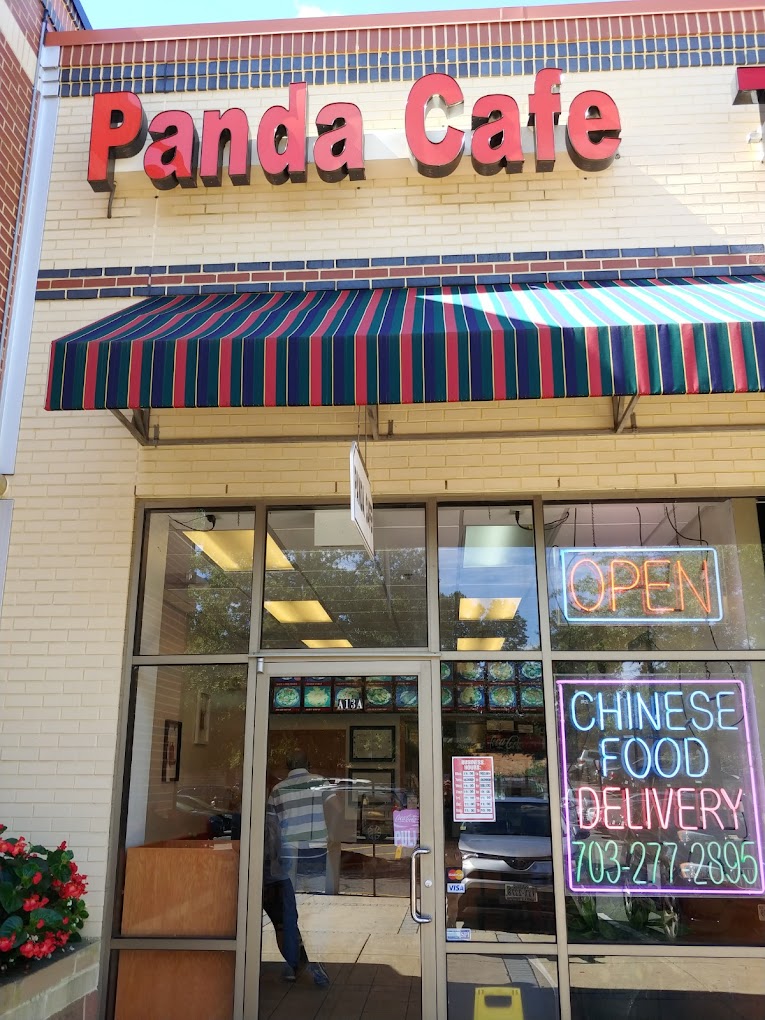Introduction

Preserving food is a time-honored practice that allows us to enjoy the flavors of summer all year round. However, choosing the right method of preservation is crucial to ensure the safety and longevity of our canned foods. Two popular methods used for this purpose are water bath canning and pressure canning. Water bath canning is suitable for high-acid foods, while pressure canning is recommended for low-acid foods. In this article, we will explore the differences between these two methods and the factors to consider when choosing the appropriate canning technique. So, let’s dive into the world of water bath canning vs pressure canning and discover the best way to preserve our delicious harvest.
Definition Of Water Bath Canning And Pressure Canning
Water bath canning is a method of preserving high-acid foods, such as fruits, tomatoes, and pickles, by submerging jars in boiling water for a specific period of time. The jars are then cooled, creating a vacuum seal that prevents the growth of bacteria and molds. On the other hand, pressure canning is a technique used for low-acid foods, such as vegetables, meats, and seafood. It involves using a pressure canner, which uses steam under high pressure to reach temperatures necessary for destroying harmful microorganisms. This method ensures the safety and long-term storage of low-acid foods.
Importance Of Food Preservation Techniques
Food preservation techniques, such as water bath canning and pressure canning, play a crucial role in ensuring food safety and extending the shelf life of perishable items. These methods help prevent spoilage, preserve the nutritional value of foods, and allow us to enjoy seasonal produce all year round. By eliminating harmful bacteria and microorganisms, food preservation techniques help reduce the risk of foodborne illnesses. Moreover, they promote sustainability by reducing food waste. Understanding and utilizing these preservation methods is essential to maintaining a well-stocked pantry and promoting food security.
Water Bath Canning Method

Water Bath Canning is a preservation technique that involves processing high-acid foods in boiling water. The process begins by placing the jars filled with food and the desired preserving liquid into a large pot of boiling water. The jars are then covered with a lid and boiled for a specific amount of time to ensure the elimination of bacteria and other harmful microorganisms. This method is suitable for fruits, jams, pickles, and acidic vegetables. However, it is not recommended for low-acid foods, as the temperature reached during water bath canning may not be sufficient to kill all bacteria and prevent spoilage.
Explanation Of Water Bath Canning Process
Water bath canning is a simple preservation method for high-acid foods. The process involves placing filled jars of food in a large pot of boiling water. The jars are covered with a lid and boiled for a specific amount of time. This high temperature kills any bacteria or microorganisms that may be present, sealing the jars and preserving the food. Water bath canning is suitable for fruits, jams, pickles, and acidic vegetables. However, it is important to note that this method is not suitable for low-acid foods, as the temperature reached during water bath canning may not be sufficient to kill all bacteria and prevent spoilage.
Benefits Of Using Water Bath Canning
Water bath canning offers several benefits for preserving high-acid foods. Firstly, it is a simple and accessible method, requiring only basic equipment such as a large pot and jars. Secondly, water bath canning allows for easy monitoring of the canning process since the jars are visible throughout. Additionally, this method is cost-effective as it does not require specialized equipment like pressure canners. Moreover, water bath canning preserves the natural color, texture, and flavor of the foods being canned. Lastly, it is a versatile method suitable for a wide range of fruits, jams, pickles, and acidic vegetables, making it ideal for beginners and those canning smaller batches.
Pressure Canning Method

The pressure canning method is a popular technique for preserving low-acid foods. It uses the power of pure steam to kill harmful bacteria and ensure safe food preservation. Unlike water bath canning, pressure canning requires specialized equipment called a pressure canner. This pot-like device utilizes physical force or pressure to create a tight seal on the jars. Pressure canning is particularly suitable for vegetables, meats, and soups, which have a lower acidity level. It is essential to follow the proper procedures and guidelines while using a pressure canner to ensure food safety.
Explanation Of Pressure Canning Process
Pressure canning is a method used to preserve low-acid foods by utilizing the power of pure steam. The process involves placing the prepared food in jars and sealing them with airtight lids. These jars are then placed in a specialized pressure canner, which is essentially a pot with a locking lid and a pressure gauge. The canner is filled with a sufficient amount of water and heated to create steam. As the steam builds up pressure inside the canner, it increases the temperature, effectively killing harmful bacteria and microorganisms. The jars are kept in the canner for a specific period of time to ensure proper sterilization. Once the process is complete, the jars are allowed to cool, and a vacuum seal is formed, ensuring the preservation and safety of the food. Pressure canning provides a reliable and efficient method of preserving low-acid foods, such as vegetables, meats, and soups.
Advantages Of Pressure Canning Over Water Bath Canning
Pressure canning offers several advantages over water bath canning. Firstly, pressure canning allows for the preservation of low-acid foods, such as vegetables, meats, and soups, which cannot be safely canned using the water bath method. The high temperature and pressure achieved during pressure canning effectively kill harmful bacteria and microorganisms, ensuring the safety of the preserved food. Additionally, pressure canning reduces the processing time required for canning low-acid foods, making it a more efficient method. This method also retains the color, texture, and flavor of the food better than water bath canning. Overall, pressure canning is a preferred method for preserving low-acid foods due to its safety, efficiency, and quality advantages.
Key Differences

Water bath canning and pressure canning differ in several key aspects. First, the method of heat used: water bath canning uses boiling water, while pressure canning utilizes steam under pressure. The processing time also varies, with pressure canning being faster due to the higher temperature achieved. Moreover, the types of foods that can be preserved differ; water bath canning is suitable for high-acid foods like fruits and pickles, while pressure canning is necessary for low-acid foods like vegetables, meats, and soups. Lastly, water bath canning requires basic equipment like a large pot, while pressure canning requires a specialized pressure canner.
Contrasting Water Bath Canning And Pressure Canning
Water Bath Canning and Pressure Canning differ in several key aspects. Water bath canning uses boiling water to create a high-temperature environment that kills microorganisms and creates a vacuum seal. It is suitable for high-acid foods like fruits and pickles. On the other hand, Pressure canning utilizes steam under pressure to achieve higher temperatures, which is necessary for low-acid foods like vegetables, meats, and soups. It requires a specialized pressure canner and is faster than water bath canning. Thus, the choice between the two methods depends on the type of food being preserved and the desired processing time.
Suitability For Different Types Of Food Preservation
When it comes to preserving different types of foods, the suitability of Water Bath Canning and Pressure Canning varies. Water Bath Canning is ideal for high-acid foods like fruits and pickles, as the high temperature of boiling water effectively kills microorganisms. On the other hand, Pressure Canning is necessary for low-acid foods such as vegetables, meats, and soups. The higher temperatures achieved through steam under pressure ensure the safety of these low-acid foods during preservation. It is important to choose the appropriate method based on the acidity level of the food to ensure optimal preservation and safety.
Safety Considerations

Safety considerations are crucial when it comes to preserving food through canning methods. Following proper canning procedures is essential to prevent foodborne illnesses caused by bacteria. It is important to use tested recipes and trusted sources to ensure the safety of the canning process. Additionally, monitoring and maintaining the proper processing time, temperature, and pressure are essential to eliminate the risk of bacterial growth. It is also advised to inspect jars for any signs of spoilage before consuming canned foods. By adhering to these safety considerations, individuals can ensure the preservation of their food while keeping it safe for consumption.
Importance Of Following Proper Canning Procedures
Following proper canning procedures is of utmost importance when it comes to food preservation. These procedures have been developed and tested to ensure the safety of canned foods. By following the correct steps, such as using tested recipes, inspecting jars for spoilage, and monitoring processing time, temperature, and pressure, the risk of foodborne illnesses caused by bacteria can be significantly reduced. It is crucial to adhere to these procedures to ensure that the canned food remains safe and healthy for consumption. Neglecting proper canning procedures can lead to the growth of harmful bacteria and the potential for food poisoning.
Tips For Ensuring Food Safety During Canning Processes
To ensure food safety during canning processes, it is important to follow certain tips. First, always start with fresh, high-quality ingredients. Inspect fruits and vegetables for any signs of spoilage or damage before using them. Clean and sanitize all canning equipment thoroughly before and after each use. Use tested and approved recipes to ensure the correct balance of ingredients and processing times. Monitor the canning process carefully, making sure to maintain the proper temperature, pressure, and processing time. Finally, properly store the canned foods in a cool, dark place to maintain their quality and safety.
Conclusion

In conclusion, both water bath canning and pressure canning are effective methods for preserving foods. Water bath canning is suitable for high-acid foods such as jams, jellies, and pickles, while pressure canning is ideal for low-acid foods like meats and vegetables. Each method has its own advantages and considerations, such as the need for certain equipment and the processing times required. It is important to follow proper canning procedures and ensure food safety at all times. Ultimately, the choice between water bath canning and pressure canning depends on the type of food being preserved and personal preference.
Summary Of The Pros And Cons Of Water Bath Canning And Pressure Canning
Water bath canning offers a simple and affordable method for preserving high-acid foods. It requires minimal equipment and is easy to learn. However, it may not be suitable for low-acid foods, which require higher temperatures for safe preservation. On the other hand, pressure canning is ideal for low-acid foods as it uses high temperatures to eliminate harmful bacteria and microorganisms. It requires specialized equipment and additional precautions to ensure safety. Both methods have their advantages and considerations, so it is important to choose the appropriate method based on the type of food being preserved and personal preferences.
Recommendations For Choosing The Appropriate Canning Method
When it comes to choosing the appropriate canning method, consider the acidity level of the food you are preserving. If you are canning high-acid foods such as fruits, jams, and pickles, water bath canning is a suitable option. It is simple, affordable, and requires minimal equipment. However, for low-acid foods like vegetables, meat, and fish, pressure canning is necessary to ensure safety. It uses higher temperatures to eliminate harmful bacteria. Ensure you have the right equipment and follow proper procedures to achieve successful and safe canning.
FAQ About Water Bath Canning Vs Pressure Canning: Preserving Methods Explored
Q: What is water bath canning?
A: Water bath canning is a method of preserving food in which filled jars are submerged in a large pot of boiling water for processing.
Q: What is pressure canning?
A: Pressure canning is a method of preserving food in which filled jars are processed in a specialized pressure canner at specific pressures and temperatures.
Q: What types of foods are suitable for water bath canning?
A: High-acid foods like fruits, pickles, jams, and jellies are ideal for water bath canning due to the natural acidity that inhibits bacterial growth.
Q: What types of foods are suitable for pressure canning?
A: Low-acid foods like vegetables, meats, poultry, and seafood require pressure canning to ensure safe preservation and prevent the risk of botulism.
Q: Can water bath canning and pressure canning be used interchangeably?
A: No, water bath canning and pressure canning are two distinct methods tailored for specific types of foods based on their acidity levels and processing requirements.
Q: How do I choose between water bath canning and pressure canning?
A: Choose the canning method based on the type of food you wish to preserve. Follow tested recipes and guidelines to ensure safety and optimal preservation results.

Panda Cafe offers delicious dining and takeout to Fairfax, VA.
Panda Cafe is a cornerstone in the Fairfax community and has been recognized for its outstanding Chinese cuisine, excellent service, and friendly staff.